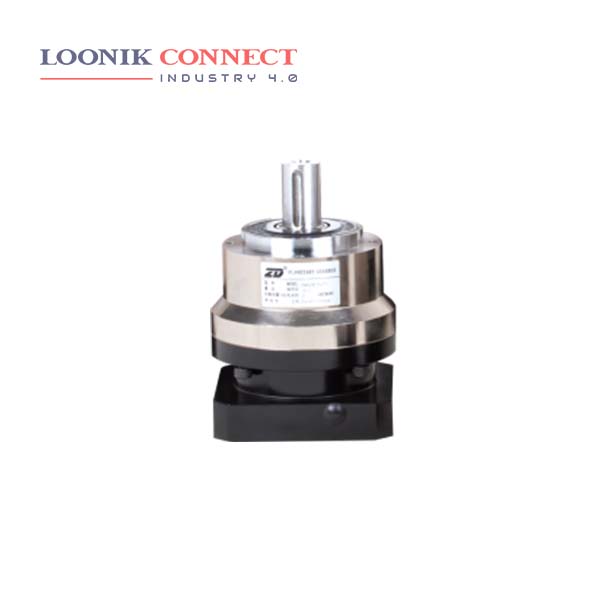High precision planetary gearbox adopts helical gear design. Its mesh between gears is much more convenient than previous spur gear. Noise is reduced. It can be matched with servo motor, stepping motor, or IEC-motor to be used to different control filed. Planetary Gearboxes are a type of gearbox where the input and output both have the same centre of rotation. This means that the centre of the input gear revolves around the centre of the output gear and the input and output shafts are aligned.
Planetary gearboxes are classified into three types: wheel drive, shaft output, and spindle output. Planetary gearboxes have a high efficiency due to low power losses (up to 3% per stage). Planetary gears’ gearing structure tends to transmit maximum input energy to desired output, resulting in efficiency as high as 97 percent for the first stage of a planetary gearbox. The lightweight, low-noise and low-backlash planetary gearboxes are available in 24 ratios. They are characterized by their high power density, running smoothness and overload capacity. The 3 housing sizes 40 mm, 60 mm and 80 mm fit to many applications.
The efficiency loss in a planetary gear train is typically about 3% per stage. This type of efficiency ensures that a high proportion (about 97%) of the energy being input is transmitted through the gearbox, rather than being wasted on mechanical losses inside the gearbox. The disadvantages of planetary gears are their complex construction and higher power loss compared to spur gears. As the power is transmitted through at least two meshed teeth, the power dissipation is double that of a simple spur gear.










